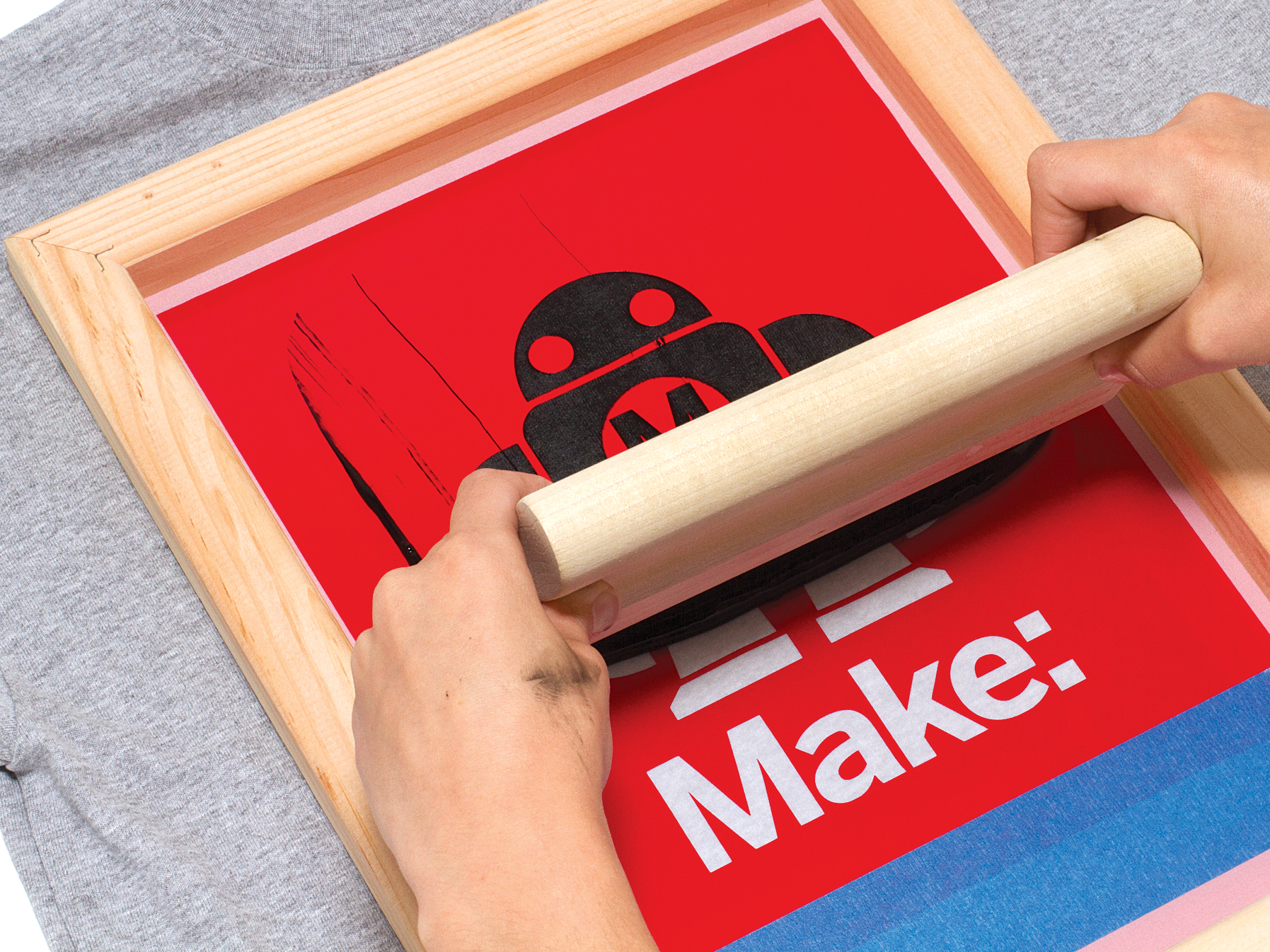The Vital Overview to Recognizing Screen Printing and Its Versatile Makes use of
Screen printing has an abundant history that goes back to old times, progressing into an innovative technique made use of across various markets today. This overview discovers the intricacies of the screen printing process, describing its applications in fashion, marketing, and home style - 10:9 Design LLC Company. Comprehending these principles can open up creative possibility for both business and artistic jobs. The adhering to sections will disclose vital suggestions and techniques to improve one's screen printing endeavors
The Background of Screen Printing
Although screen printing has roots that map back centuries, its development shows the imaginative and technological developments of different cultures. Coming from old China, the strategy was initially utilized for decorating fabrics and later infect Japan, where it became important to Ukiyo-e woodblock printing. The approach changed to Europe in the 18th century, where it got popularity among craftsmens and commercial printers. The invention of photo emulsion in the 20th century reinvented screen printing, enabling for more detailed styles and greater efficiency. Artists like Andy Warhol even more propelled its popularity, utilizing the tool to create famous jobs that combined commercialism and art. By the late 20th century, screen printing had actually established itself as a versatile method, utilized in style, advertising, and art. Today, it continues to evolve, integrating digital technology and increasing its applications across different sectors.
The Screen Printing Refine Explained
Screen printing transforms imaginative visions into substantial layouts with a collection of precise actions. At first, an image is developed and afterwards transferred onto a screen, normally made from great mesh textile extended over a framework. A light-sensitive solution is put on the screen, which is exposed to light, setting in locations not covered by the image. After cleaning out the unhardened emulsion, a pattern is formed.
Next, the screen is placed over the substrate, whether it be textile, paper, or an additional product. Ink is then pressed via the open areas of the pattern utilizing a squeegee, depositing the style onto the substrate listed below. This process can be duplicated for multiple shades, calling for separate screens for every shade. The published thing is treated utilizing heat to guarantee the ink sticks properly, resulting in a long lasting, vibrant layout ready for usage.
Types of Screen Printing Techniques

Additionally, specialized methods, such as discharge screen printing, remove dye from the textile to produce softer prints, while foil screen printing uses metal foil to achieve a shiny coating (10:9 Design near me). Each technique provides distinctive features, satisfying various innovative demands and manufacturing scales, eventually expanding the possibilities within the screen printing domain name
Applications of Screen Printing in Different Industries

Furthermore, the signs and advertising industries make use of screen printing for developing attractive display screens and banners. This technique permits strong shades and intricate layouts that catch focus. In electronics, screen printing is utilized for using conductive inks to circuit boards, crucial for component links. Furthermore, the home style industry embraces screen printing to generate distinct designs on textiles and wall surface art. In general, screen printing acts as a crucial tool across diverse fields, enhancing items with personalized and visually enticing graphics.
Tips for Effective Screen Printing Projects
While carrying out a screen printing job, cautious focus to information can substantially boost the final result. Picking top quality materials is important; this consists of the screen, inks, and substratums. Using proper mesh counts can influence ink deposition and detail resolution. Preparation is similarly crucial; complete cleaning of screens and correct exposure times assure crisp prints.
Next, accurate registration is vital for multi-color prints. Making use of alignment tools can assist attain specific layering. In addition, testing prints on scrap products before manufacturing aids recognize look at this website potential concerns without wasting resources.

Often Asked Concerns
What Products Are Finest for Screen Printing on Material?
Cotton and polyester blends are suitable for screen printing on textile as a result of their durability and ink absorption. Additionally, specialty fabrics like silk or canvas can produce distinct textures and finishes, enhancing the overall layout top quality.
How Do I Tidy and Maintain Screen Printing Tools?
To cleanse and keep screen printing equipment, one should regularly wash screens with ideal solvents, evaluate mops for wear, lube relocating parts, and store all items in a completely dry, dust-free setting to extend their life-span.
What Are the Ecological Effects of Screen Printing?
Screen printing can have considerable ecological effects, including chemical waste from inks and solvents, water usage during cleaning processes, and energy intake. Lasting techniques and environmentally friendly materials are vital for reducing these negative results.
Can Screen Printing Be Done in the house Effectively?
Screen printing can be properly done at home with the best products and techniques. Hobbyists can develop top quality prints, though success depends upon their ability level, tools, and understanding of the process entailed.
What Are the Prices Connected With Starting a Screen Printing Organization?

Starting a screen printing company entails costs for equipment, materials, and work area. First expenditures normally range from a couple of hundred to a number of thousand dollars, depending on the range, top quality of machinery, and preferred production capability.
Screen printing has an abundant history that dates back to ancient times, developing right into a sophisticated technique utilized across various markets today. One more strategy, rotary screen printing, utilizes cylindrical screens, promoting continual printing on fabric rolls, therefore enhancing efficiency for large productions. In addition, specialty methods, such as discharge screen printing, get rid of dye from the fabric to website here create softer prints, while aluminum foil screen printing applies metal aluminum foil to achieve a glossy surface. In the style market, screen printing is extensively used to develop lively styles on clothing, allowing brands to display their special styles. Cotton and polyester blends are optimal for screen printing on textile due to their durability and ink absorption.